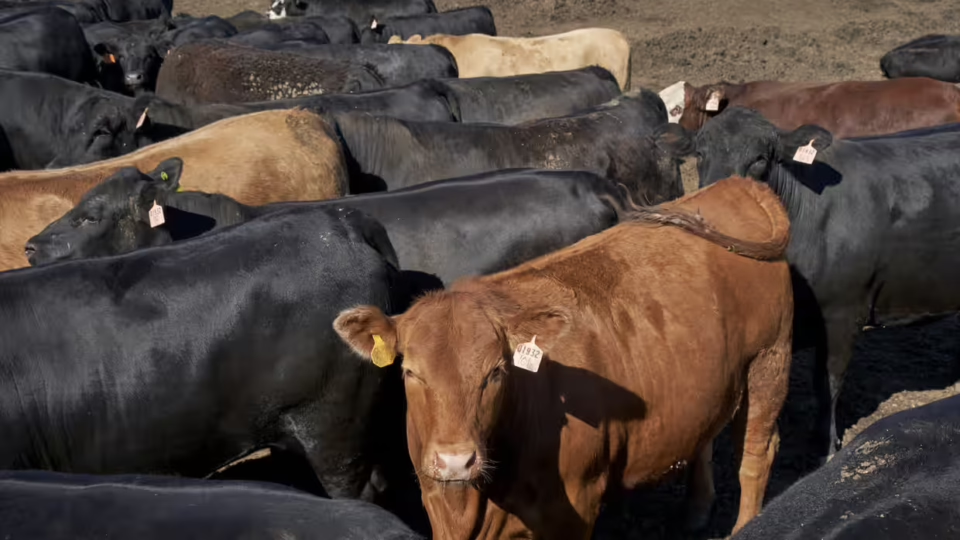A cost-effective and scientifically sound solution to combat global warming and biodiversity loss is to pay ranchers to replace cattle farming with tree planting. Cattle dominate the planet's biomass, outweighing all wild terrestrial animals by over 15 times, and livestock farming occupies more than a third of Earth's land. Phasing out cattle farming and restoring native ecosystems could significantly reduce greenhouse gas emissions and reverse biodiversity collapse. Research suggests that a global transition away from animal agriculture over 15 years could provide a crucial 30-year net-zero emissions window.
Reducing cattle production would drastically cut methane and nitrous oxide emissions while allowing natural ecosystems to absorb carbon through photosynthesis. This transition would not only mitigate climate change but also restore habitats for threatened species. Despite declining beef consumption and financial struggles in the cattle industry, policies must support farmers transitioning to ecosystem restoration. A global investment of 1% of GDP—about $1 trillion annually—could help farmers switch to sustainable practices, boosting rural economies and environmental health.
Implementing a voluntary pilot program could demonstrate the benefits for both farmers and the planet. Many developed nations already have systems to support agricultural transitions, making the idea feasible. However, overcoming opposition from powerful industry interests will require political courage and diplomacy. Addressing the climate crisis demands urgent and bold action, and transitioning from cattle to carbon ranching offers a promising path forward.
Looking for something?
To search, start typing and hit enter.
Article
Article
The case for paying ranchers to raise trees instead of cattle
In this opinion piece Patrick Brown and Michael Eisen discuss the case for paying ranchers to raise trees instead of cattle to address the climate and biodiversity crises.

Nichola Hughes
Posted
2nd Apr, 2024
Length
3 minute read
Type
Opinion PieceTo read the full opinion article by Patrick Brown and Michael Eisen click here
Tags
















